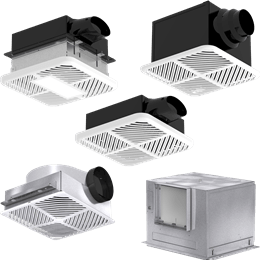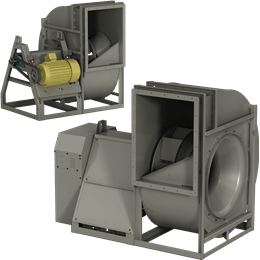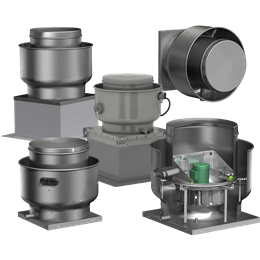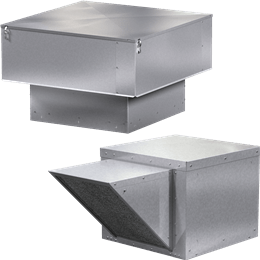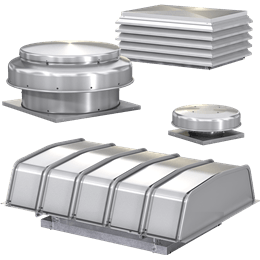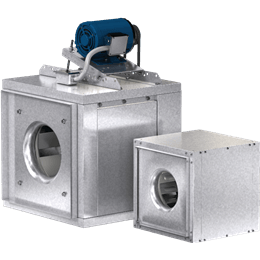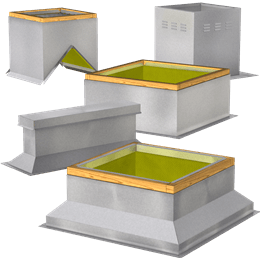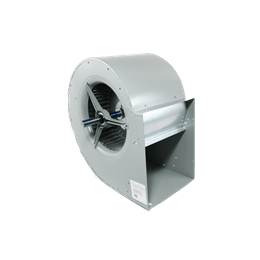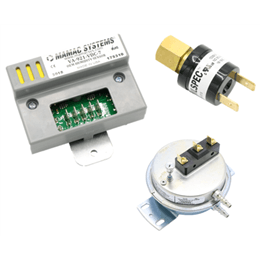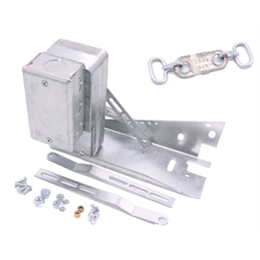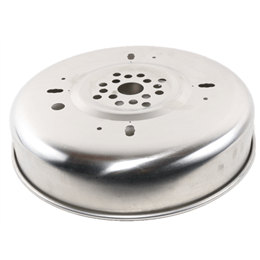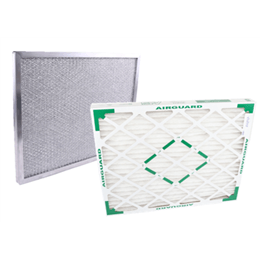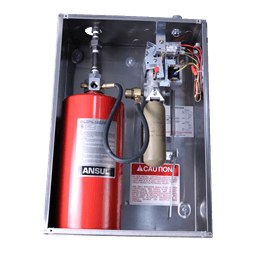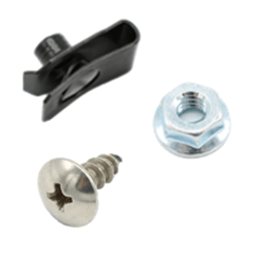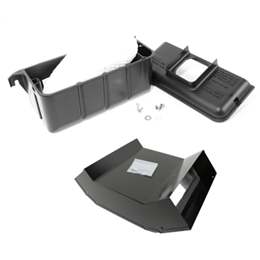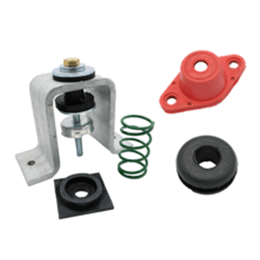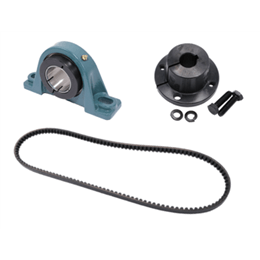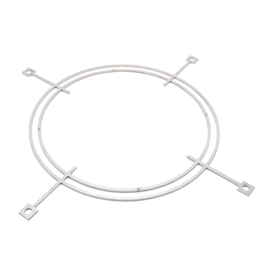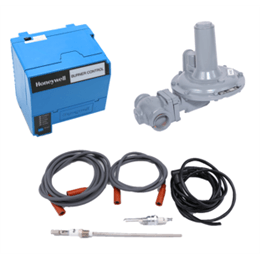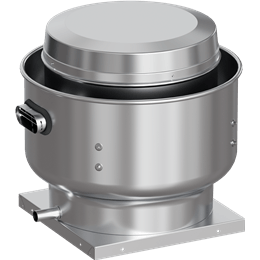DETAILS
Shipping Cutoff Times
| Shipping Type | Order By |
|---|---|
|
Standard Ground Small Parcel FREE - On orders over $25 View Transit Map |
7:00 PM CST |
|
Next Day Air (Calculated at checkout) |
3:00 PM CST |
|
Standard Ground Freight FREE - On orders over $25 |
1:00 PM CST |
- Shipping cutoff times apply to in-stock items. Please note item lead-times when placing your order.
- Orders placed on weekends or holidays will be processed the next business day.
Centrifugal Upblast Exhaust Fans
Ideal for kitchen grease exhaust applications.
Model CUBE is a belt drive fan for roof or wall mounted applications, discharging the air directly upward, away from the roof or wall surface. Fan wheels are backward inclined and constructed of aluminum.
Direct drive, roof mounted fans used for applications discharging the air directly upward, away from the roof surface.
Performance Filter
Sort by
Results per page
Showing
0
of
0
results


